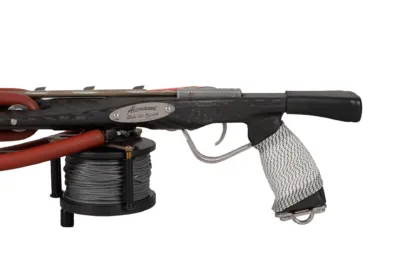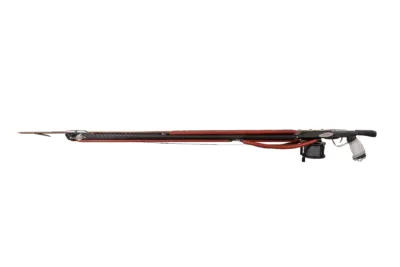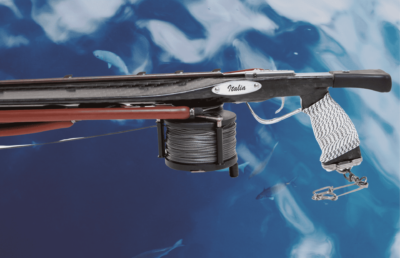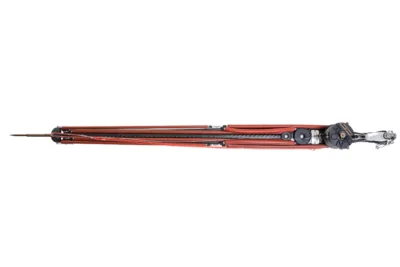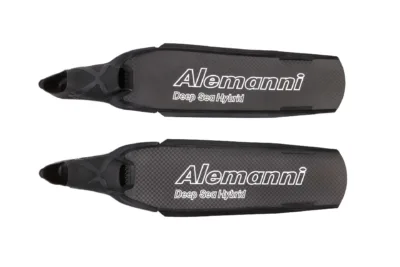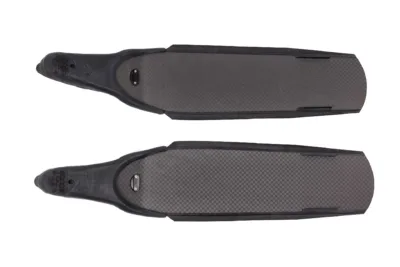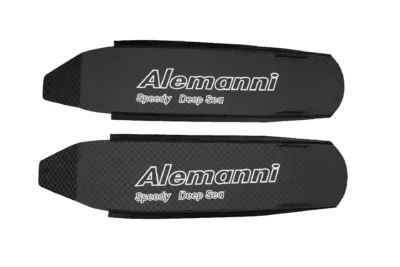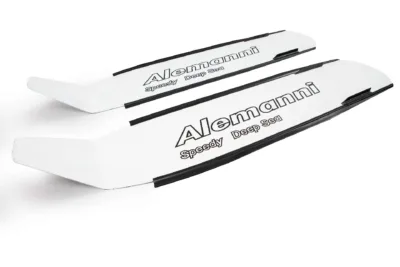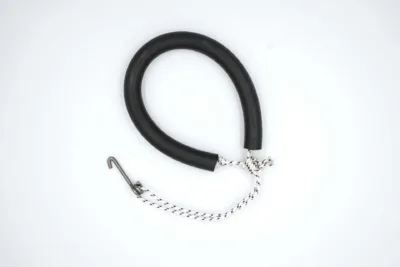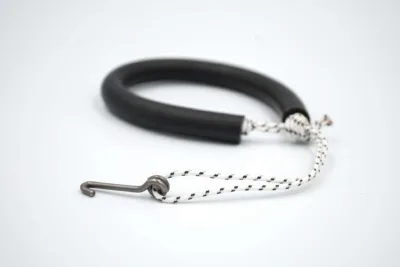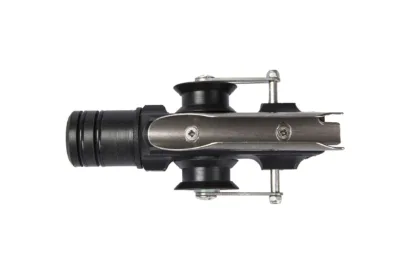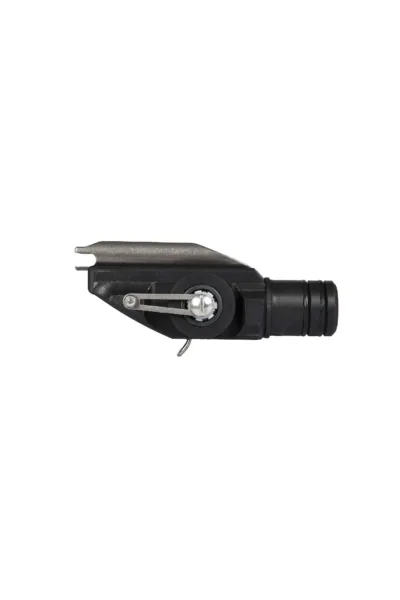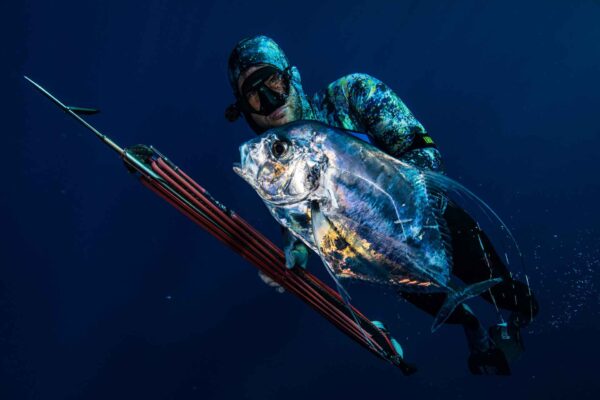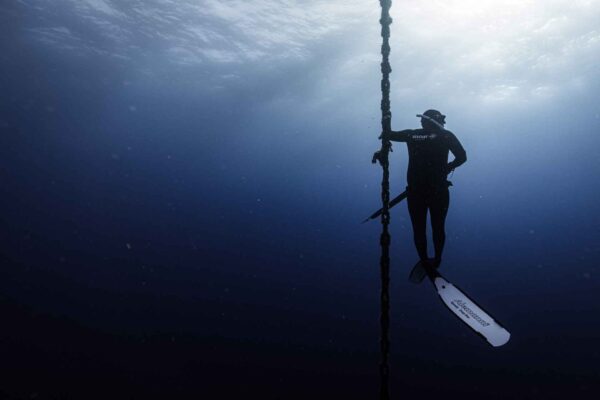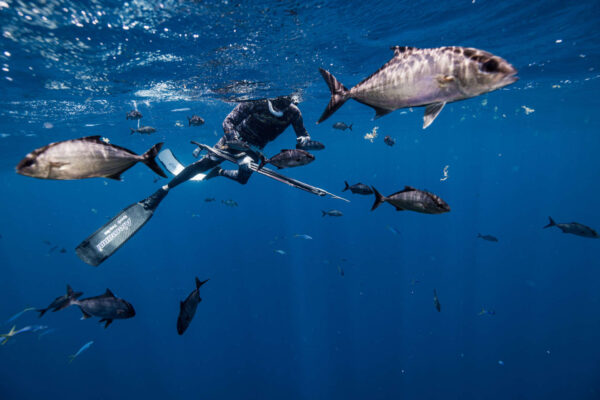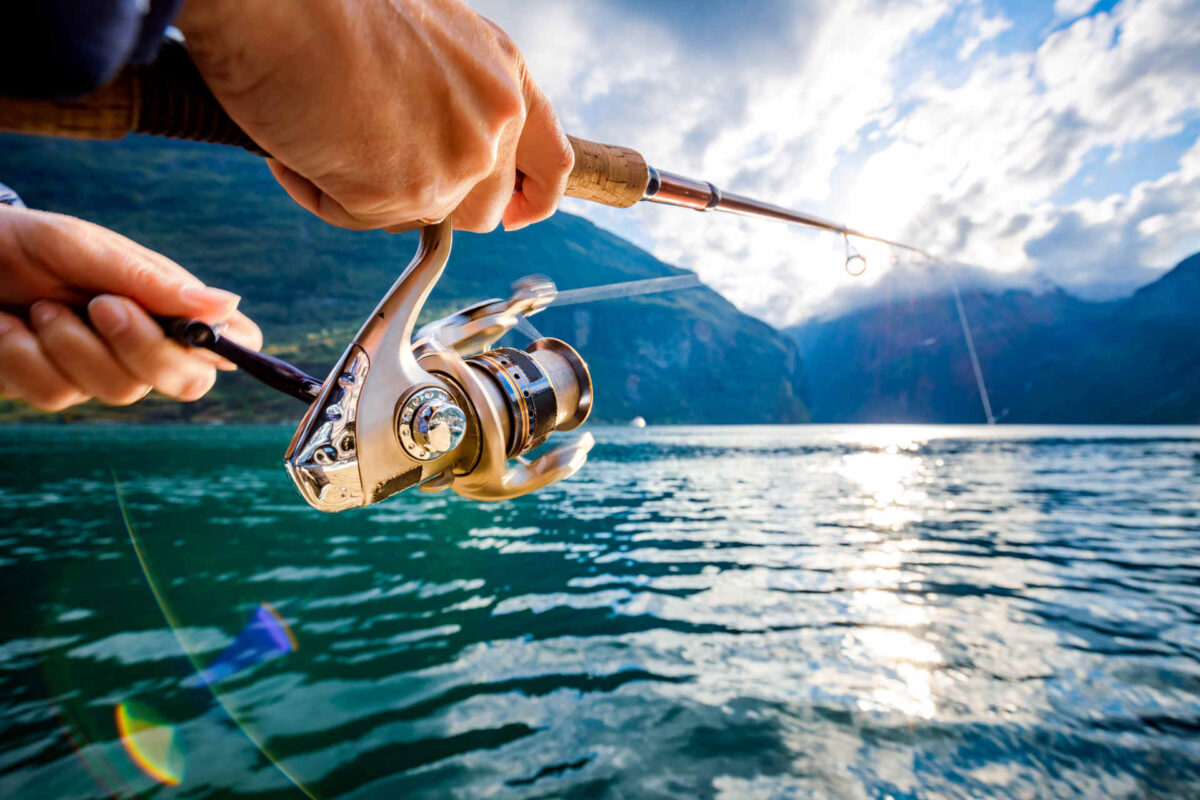Underwater fishing techniques
Beyond freediving: all sports fishing disciplines
Beyond freediving: all sports fishing disciplines
The disciplines of sport fishing officially recognized by FIPSAS – Italian Federation of Sport Fishing and Underwater Activities, are divided into two main categories: surface fishing and underwater apnea fishing, born as a sport in 1949.
La surface fishing is in turn divided into fishing disciplines in inland waters and at sea, to which is added a sui generis category which is that of casting, or technical launch, a sport that does not necessarily take place in water and in which athletic performance is often more central than competitive confrontation with fish.
Fishing in inland waters: the main disciplines
Most of the disciplines recognized by FIPSAS fall into the macro category of fishing inland waters, which includes sports activities in streams, rivers, lakes, lagoons, brackish water basins and in marine waters within the low tide line of the coast.
In recent years, once residual disciplines such as lo Street Fishing, sport fishing on urban waterways, and the Kayak Fishing, both recognized by the Federation. Although not widely practiced, moreover, the very ancient is also one of the official disciplines balance fishing, a small square net fixed to the ends of two crossed metal rods.
Coarse and Feeder fishing
The discipline of still fishing includes several types of float fishing, including bolognese fishing, fixed rod fishing and bleak fishing. The two most common techniques in this specialty are certainly the roubasienne fishing , match fishing, two types of "dry foot" fishing that make use respectively of 13-metre jointed carbon rods and telescopic or jointed rods - equipped with reel and floats English - with a length between 3,9 and 4,5 meters.
La bolognese fishing, however, is practiced with telescopic rods with rings and provides for a fishing line between 10 and 40 meters away from the coast, while the now almost abandoned bleak fishing it can be practiced with fixed or telescopic rods. In match fishing competitions all are allowed natural baits, and it is possible to feed by hand or with the "cup".
In the technique of feeder – mainly practiced on cliffs, port docks and beaches with deep waters – the maximum length allowed for the rod is 4,6 metres, while the feeder cannot exceed the dimensions of 5 by 7 centimetres.
Fly fishing
Widely practiced in the fresh waters of the Italian hinterland, the fly fishing makes use of special lures built to simulate the life and death of flies and other insects on the surface of the water.
Fly fishing is best known for the technical difficulty: the aim is to imitate the movements of the fly in the best possible way, which is also done with some particularly complex casting techniques.
Trout fishing with natural baits
La trout fishing it is one of those that mostly have to do with technique and experience: to grapple with the voracious aquatic predator it is necessary to know the opponent and his habits, which vary greatly from season to season.
If the touch fishing in stream it is the one that traditionally marks the opening of the freshwater fishing season, trout fishing in the lake is essentially based on the rotation of the natural bait. In this type of fishing rods of different types and of various lengths can be used. In torrential waters it is also practiced river fishing, which provides for entry into the water with waders and landing net, equipped with reel, fixed or roubasienne rods up to 11 meters long.
Fishing with lures and the “No Kill” philosophy
Trout can also be fished with artificial lures: an example is the fishing technique Trout Area, which involves the use of very small barbless rigid lures particularly compatible with the "Catch and Release" philosophy.
La lure fishing, especially when carried out from the shore, is a compelling discipline that requires great skill as it engages the fisherman in close confrontation with prey of different sizes and with different hunting habits.
This type of discipline also takes place from the boat, and provides for the immediate Catch and Release of the fish. Among the most widespread and appreciated types of No Kill fishing in Italy are the bass fishing, carp fishing , sturgeon fishing, all recognized by FIPSAS.
Underwater fishing: the oldest discipline
La spearfishing in apnea it can be practiced in the sea or in fresh water, where there is a tendency to prefer rocky bottoms and caves.
Besides wetsuit, fins, mask and ballast, the necessary equipment for this sport includes a diving buoy and a arbalete, a rifle that uses rubber as a propelling element.
Spearfishing is the oldest sports discipline among those recognized by FIPSAS: per practice this type of fishing, it is necessary to be in possession of a specific patent, which is issued only after participation in a specific training cycle.
Sport fishing at sea
When you think about sport fishing in sea one cannot but think of the long casts of the surfcasting, a discipline based essentially on distance and precision of the athletic gesture. Surfcasting fishing is done from the shore using rods with reels up to 5 meters long. Quite different is the equipment required for the rod fishing from shore, which is generally practiced with the aid of a float and very thin rigs.
However, the technique that more than any other requires equipment of a certain level is that of B, sea fishing that focuses on catching large prey: whether it is offshore or coastal, trolling requires that the action (generally with 5 rods) takes place on a moving vessel.
Even more extreme is the Drifting: born to catch tuna, this type of fishing takes place on a "drifting" boat that can find itself fighting with prey that easily exceeds 200 kilos.


